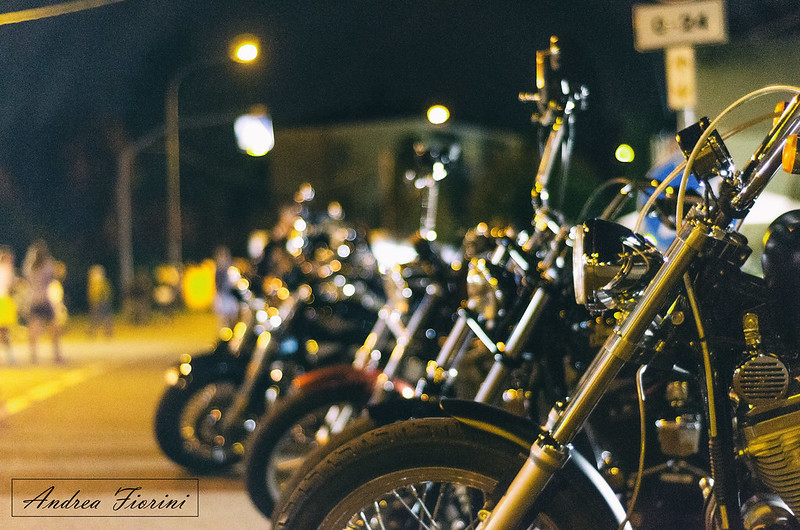
When people talk about women, the word “sisterhood” almost always pops up. Women rally around each other—whether in boardrooms, brunch tables, or online. But what about men? Do we have a “brotherhood”? Or are men just a pack of lone wolves, occasionally howling at the moon together before going their separate ways?
Let’s shine a flashlight into this cave of masculinity and see what crawls out.
The Myth of Brotherhood
Men like the idea of brotherhood. It sounds noble. Warriors shoulder to shoulder. Knights of the Round Table. Fraternity brothers with matching rings. The camaraderie of soldiers in the trenches.
And yes, brotherhood does exist—on battlefields, in sports teams, or in small tribes where survival depends on cooperation. But outside of those extreme conditions? Men are more likely to compete with each other than to unite.
Unlike the Sisterhood, which thrives on mutual support and shared empathy, male dynamics often boil down to hierarchy, rivalry, and “who’s the alpha here?”
So, is there really a universal brotherhood? Or just situational alliances that dissolve the minute competition shows up?
Men as Lone Wolves
It’s no accident men often get described as lone wolves. The male archetype is rugged, independent, and slightly antisocial. Think Clint Eastwood squinting against the desert sun.
Men pride themselves on self-reliance. Asking for help? Feels like weakness. Sharing emotions? Risky business. As a result, men often go it alone—even when community might actually serve them better.
That doesn’t mean men don’t bond. They do. But those bonds tend to be activity-based (fishing, football, drinking beer, fixing cars) rather than emotionally-based. Take away the activity, and many male friendships evaporate.
So while women lean on a Sisterhood that often feels like an invisible safety net, men walk the tightrope solo and hope they don’t slip.
Where Brotherhood Shows Up
Despite the lone-wolf stereotype, there are spaces where men band together:
- Sports Teams – Brotherhood is alive in locker rooms. The rules are simple: we train together, we bleed together, we win together. Outside the sport? The bond often weakens.
- The Military – Perhaps the strongest male brotherhood. Soldiers will risk their lives for each other, because the bond is forged under fire. But when the war ends, many veterans struggle without that brotherhood.
- Fraternities and Secret Societies – From Freemasons to college frats, these institutions mimic brotherhood. Rituals, hierarchies, and loyalty are baked in. But let’s be honest: not every man gets invited.
- Online Communities – Whether it’s gamers, MGTOW forums, or Reddit groups, men do create digital brotherhoods. But these are fragile and often fracture over disagreements or egos.
So yes, men form brotherhoods—but they’re usually temporary, conditional, or exclusive.
The Absence of a Unified Male Network
Unlike women, men don’t have a universal, all-encompassing brotherhood. There’s no global “Brotherhood of Men” handing out membership cards. Instead, men gravitate toward hierarchies.
We compete for status. We challenge each other. We measure ourselves against other men more than we support them. That’s not necessarily bad—it drives innovation, achievement, and courage. But it also means men rarely circle wagons for the sake of unity.
If the Sisterhood is a safety net, the Brotherhood is more like a gladiator pit.
Who Are the Leaders, If Any?
If there is a brotherhood, who’s in charge? The short answer: no one. The long answer: it depends on the arena.
- In Politics: Male leaders exist everywhere, but they’re usually serving themselves, not men collectively. Politicians rarely rally for men’s issues specifically.
- In Culture: Some voices act as de facto leaders. Think Jordan Peterson, Joe Rogan, Andrew Tate. Love them or hate them, they’ve carved out space as male figureheads. But they don’t unite all men—they divide as much as they inspire.
- In Tradition: Historically, religious or tribal elders filled this role. Men looked up to chiefs, priests, or kings. Modern society has diluted that structure.
- In Practice: Every brotherhood has its own leader. The coach. The sergeant. The CEO. But no one leads all men.
So if you’re looking for the grand patriarch of global masculinity, don’t hold your breath. Men don’t follow one leader—we follow whoever proves himself in the moment.
Why Brotherhood Falters
Brotherhood fails to match Sisterhood for a few reasons:
- Competition – Men naturally rank each other. It’s hard to be “brothers” when you’re sizing up rivals.
- Ego – Many men don’t want to admit they need support.
- Isolation – Men are more likely to withdraw when struggling, while women rally their friends.
- Short-Term Bonds – Male unity often dissolves once the shared mission ends.
Does That Mean Brotherhood Doesn’t Exist?
Not exactly. Brotherhood exists—but it’s fractured, conditional, and often fragile. Men find it in pockets: on teams, in units, in clubs. It’s real, but it’s not universal.
Brotherhood is strongest when men face an external enemy. Soldiers bond when bullets are flying. Teammates bond when the championship is on the line. Men unite best under pressure, not in everyday life.
The Takeaway
So, is there a Brotherhood? Yes—but it’s more of a patchwork quilt than a single flag. Men are more lone wolves than pack animals, but when the stakes are high, they can form brotherhoods that rival anything the Sisterhood can muster.
The difference is permanence. The Sisterhood is ongoing and universal. Brotherhood is situational and temporary.
And as for leaders? There are no kings of men. Just influencers, thinkers, and figureheads who capture attention for a while—until the next challenger steps up.
Maybe that’s the beauty of it. Men don’t need a permanent brotherhood. We just need the option to unite when the wolves realize they’re stronger together.
Final Thought
If you’re a man waiting for the Brotherhood to rescue you, don’t hold your breath. Build your own tribe. Find allies who share your values. Brotherhood isn’t inherited—it’s forged.
FAQs About the Brotherhood (or Lack Thereof)
1. Does a global male brotherhood actually exist?
Not really. Unlike the Sisterhood, men don’t have one unified network. Brotherhood tends to be situational—military, sports, or small groups.
2. Why are men often seen as lone wolves?
Because men prize independence and self-reliance, and are less likely to openly seek support.
3. Do men bond differently than women?
Yes. Men’s bonds are often activity-based (sports, hobbies) while women’s are more emotional and supportive.
4. Who are the leaders of the so-called brotherhood?
There’s no single leader. Influential voices like Joe Rogan, Jordan Peterson, or Andrew Tate have followings, but no one represents all men.
5. Do secret societies like the Freemasons count as brotherhoods?
Yes, but they’re exclusive and not representative of men as a whole. They’re more like selective clubs than a global brotherhood.
6. Why does male brotherhood collapse so often?
Because men are competitive by nature, and unity usually dissolves when the shared mission ends.
7. Is online male bonding real brotherhood?
It can feel real, but online communities are fragile and often fall apart due to ego clashes or shifting interests.
8. Are men worse off without a sisterhood-style network?
In some ways, yes. Men often face struggles in isolation, whereas women benefit from collective support.
9. Do men form brotherhoods during crises?
Absolutely. Soldiers, firefighters, and even disaster volunteers bond strongly under pressure. That’s where brotherhood shines brightest.
10. Should men try to build a stronger brotherhood?
Maybe—but men may never organize like women. The real answer is for men to build personal tribes: small, loyal groups they can rely on, instead of waiting for a universal brotherhood to appear





